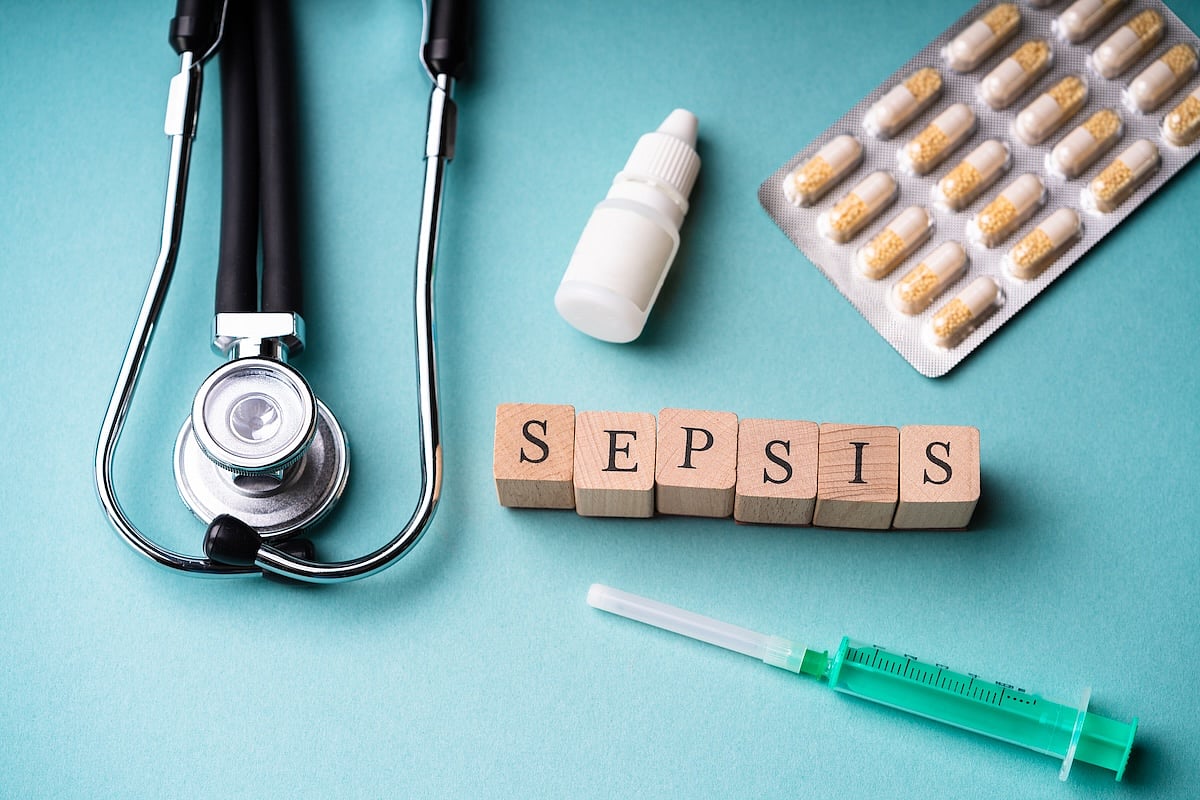Manténgase sano!

- Posted October 15, 2025
AI Might Help Predict Sepsis Risk Among Sick Kids
WEDNESDAY, Oct. 15, 2025 (HealthDay News) — A newly trained AI might be able to help identify children who are at risk of sepsis within the next 48 hours, researchers say.
The AI pointed out kids at risk for an infection leading to life-threatening organ dysfunction, after being trained on more than 1.6 million medical records, researchers reported Oct. 13 in JAMA Pediatrics.
“The predictive models we developed are a huge step toward precision medicine for sepsis in children,” said lead researcher Dr. Elizabeth Alpern, division head of emergency medicine at Ann & Robert H. Lurie Children’s Hospital of Chicago.
“These models showed robust balance in identifying children in the ED who will later develop sepsis, without overidentifying those who are not at risk,” Alpern added in a news release. “This is very important because we want to avoid aggressive treatment for children who don’t need it.”
More than 75,000 children are hospitalized with sepsis every year, with death rates as high as 20%, researchers said in background notes.
Sepsis occurs when the immune system overreacts to an infection, causing an inflammatory cascade that can lead to organ failure, experts explained.
Current checklists can help doctors predict which children with sepsis are more likely to die, but none has been developed that can show which kids are at higher risk for sepsis in the first place, researchers said.
“There is a distinct and important role for both prediction of sepsis and for triggers that help identify patients who already have sepsis to allow for early treatment,” researchers wrote.
To try to fill this gap, researchers fed an AI tool data from children 2 months to 18 years old who went to the ERs of five major U.S. health systems for treatment between January 2016 and February 2020. The team specifically excluded children who went into the ER with sepsis or who were diagnosed with sepsis within a couple hours.
The AI reviewed each patient based on their vitals, triage results and prior conditions that might increase the likelihood of sepsis.
The researchers then tested the accuracy of the AI using another nearly 720,000 ER visits that occurred in 2021 and 2022.
Results showed that the AI could accurately highlight patients who were more likely to develop sepsis.
However, the AI had a lower positive predictive value – the probability that people with a positive test result actually have the disease.
“Limited positive predictive values underscore the difficulty in predicting the rare outcome of pediatric sepsis in the ED,” researchers noted.
“We evaluated our models to ensure that there were no biases,” Alpern said. “Future research will need to combine [electronic health record]-based AI models with clinician judgment to make even better predictions.”
More information
The Cleveland Clinic has more about sepsis.
SOURCES: Ann & Robert H. Lurie Children’s Hospital of Chicago, news release, Oct. 13, 2025; JAMA Pediatrics, Oct. 13, 2025







